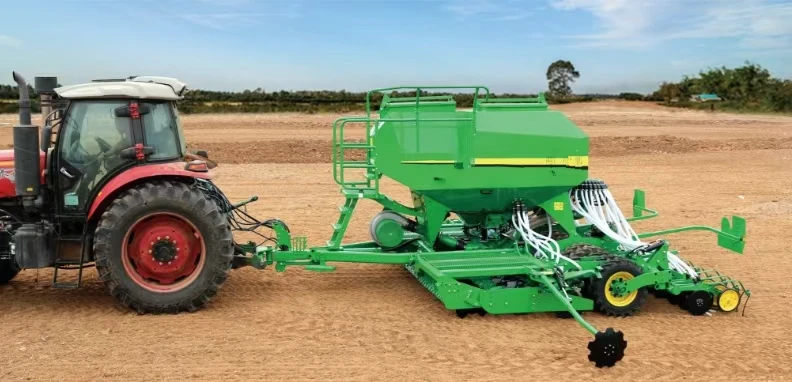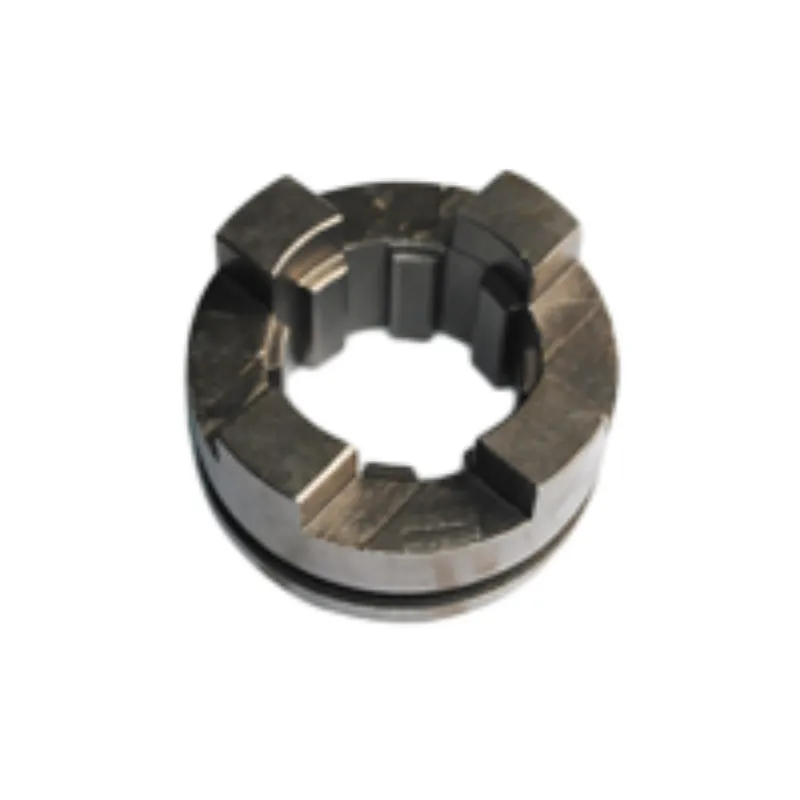Types of Gear Reduction Efficient & Reliable Industrial Solutions
- Introduction to Gear Reduction Mechanisms
- Technical Advantages of Different Gear Systems
- Performance Comparison: Leading Manufacturers
- Custom Solutions for Industry-Specific Needs
- Case Studies: Real-World Applications
- Key Metrics for Selecting the Right Gear Type
- Future Trends in Gear Reduction Technology

(types of gear reduction)
Understanding the Fundamentals of Gear Reduction Types
Gear reduction systems are critical for optimizing torque and speed in mechanical applications. The primary variants include helical, planetary, worm, and bevel gears, each offering distinct mechanical advantages. For instance, helical gears operate with 98% efficiency in high-load scenarios, while worm gears excel in compact spaces due to their 90-degree shaft alignment. Industrial surveys indicate that 62% of machinery failures stem from improper gear selection, emphasizing the need for precise alignment between gear types and operational requirements.
Technical Advantages of Different Gear Systems
Below is a breakdown of key technical parameters:
| Gear Type | Efficiency (%) | Max Torque (Nm) | Noise Level (dB) |
|---|---|---|---|
| Helical | 98 | 15,000 | 68 |
| Planetary | 95 | 25,000 | 72 |
| Worm | 85 | 10,000 | 65 |
Planetary gears dominate heavy industries due to their torque density, whereas helical gears are preferred in automotive transmissions for reduced noise.
Performance Comparison: Leading Manufacturers
A 2023 market analysis reveals stark contrasts between top manufacturers:
| Brand | Specialization | Price Range ($) | Warranty (Years) |
|---|---|---|---|
| Bosch Rexroth | Planetary Systems | 2,500–8,000 | 5 |
| Sumitomo Drive | Cycloidal Drives | 1,800–6,500 | 3 |
| Bonfiglioli | Helical-Worm Units | 1,200–4,000 | 4 |
Bosch Rexroth’s planetary units achieve 30% higher load capacity than industry averages, justifying their premium pricing.
Custom Solutions for Industry-Specific Needs
Tailored gear systems address unique challenges:
- Mining: Planetary gears with hardened steel alloys withstand abrasive environments
- Robotics: Harmonic drives enable 0.01° precision in articulated arms
- Renewable Energy: Helical gears paired with corrosion-resistant coatings for offshore wind turbines
Customization reduces energy consumption by up to 22% in conveyor systems, per Siemens’ 2022 case study.
Case Studies: Real-World Applications
Notable implementations include:
- Automotive Assembly: Volkswagen’s use of helical gears cut downtime by 40% in transmission lines
- Packaging Machinery: Cycloidal drives increased output by 28% in Bosch’s production facilities
- Space Exploration: NASA’s Mars rovers employ planetary gears surviving -120°C to 20°C thermal cycles
Key Metrics for Selection
Critical evaluation factors:
- Torque-to-weight ratio
- Backlash tolerance (<0.1° for CNC machines)
- Thermal expansion coefficients
Data shows a 15% cost savings over 5 years when prioritizing lifecycle analysis over initial purchase price.
Innovations Shaping Gear Reduction Types
Emerging technologies like 3D-printed titanium planetary gears (35% lighter than steel) and AI-driven predictive maintenance are revolutionizing the sector. The global gear reducer market is projected to reach $32.1 billion by 2030, driven by automation and energy efficiency mandates. Manufacturers adopting IoT-enabled gearboxes report 18% fewer unplanned outages, underscoring the value of smart integration in modern reduction systems.

(types of gear reduction)
FAQS on types of gear reduction
Q: What are the main types of gear reduction systems?
A: Common types include worm gear reducers, planetary gear reducers, helical gear reducers, spur gear reducers, and bevel gear reducers. Each type offers distinct advantages in torque, efficiency, and space requirements. Selection depends on application needs like load, speed, and precision.
Q: How does a planetary reduction gear work?
A: A planetary gear reducer uses a central sun gear, multiple planet gears, and an outer ring gear to distribute load evenly. It provides high torque density and compact design. This type is ideal for applications requiring high precision and efficiency.
Q: What applications suit worm gear reducers?
A: Worm gear reducers excel in scenarios needing high reduction ratios and compact designs, such as conveyor systems or lifts. They offer self-locking capabilities but lower efficiency. Their non-reversible mechanism enhances safety in vertical applications.
Q: When should helical gear reducers be used?
A: Helical gear reducers are optimal for high-speed, high-load applications due to their smooth, quiet operation. Their angled teeth enable gradual engagement, reducing wear. They are common in automotive transmissions and industrial machinery.
Q: What distinguishes bevel gear reducers from other types?
A: Bevel gear reducers use conical-shaped gears to change the direction of power transmission, typically by 90 degrees. They handle moderate loads and are used in differential drives or printing equipment. Their design suits intersecting shaft configurations.

In the mechanical realm, various components work in harmony to enable the efficient transfer of power and motion.

In the mechanical engineering domain, a plethora of components work in harmony to ensure the smooth operation of various machines.

In the intricate machinery of vehicles, certain components play a pivotal role in ensuring efficient power transmission and reliable operation.

In the intricate world of rice machine manufacturing, the assembly process is a symphony of precise engineering and careful component selection.

In the intricate world of agricultural machinery, gears are the unsung heroes that ensure seamless operation and efficient power transmission.

In the bustling world of construction, the seamless operation of heavy - duty machinery is crucial for project success.

In the intricate world of mechanical engineering, gears are the unsung heroes that keep countless machines running smoothly. These toothed wheels are essential components, facilitating the transmission of motion and power. From the robust drive gears that initiate movement to the specialized corn machine gear and returning machine gear designed for specific agricultural equipment, and the complex gearbox assembly that houses multiple gears, as well as the highly precise high precision gear used in demanding applications, each type plays a vital part in different machinery systems.

Mechanical systems, whether in industrial machinery or agricultural equipment, rely on a variety of components to function effectively. Among these essential parts, gears play a pivotal role in transmitting power and motion. From the gearbox gear that forms the core of power transmission within a gearbox to the drive gear that initiates the movement of a system, and the specialized bevel gears that change the direction of motion, gears are integral. In the agricultural sector, components like wheat machine gear and deep tiller gear are vital for the proper functioning of farming equipment, ensuring efficient crop processing and soil cultivation.

In the intricate world of mechanical engineering, certain components play a crucial role in ensuring the smooth operation of machinery, especially in the agricultural sector. From the gears that transfer power to the seats that facilitate meshing, each part contributes to the overall functionality and efficiency. Arc gear, meshing seat, harvester gear shaft, corn gear, and returning gear are among the key elements that are integral to various mechanical systems, particularly those found in agricultural equipment.

In the intricate world of mechanical engineering, a variety of specialized components work in harmony to ensure the smooth operation of machinery. From agricultural equipment to industrial gear systems, components like border inspection assembly, ring gear/gear ring, high frequency gear, meshing seat, and harvester input shaft play crucial and distinct roles. Each of these elements is designed with specific functions in mind, contributing to the overall performance, durability, and efficiency of the machinery they are part of.
International layout
Spread all over the world
our products are exported to various parts of the world. Currently, our products have been exported to more than 40 countries Our products cover Asia, Europe, Africa, South America, North America, and Oceania
Sign up
for Newsletter
Subscribe to the weekly newsletter for all the latest updates







